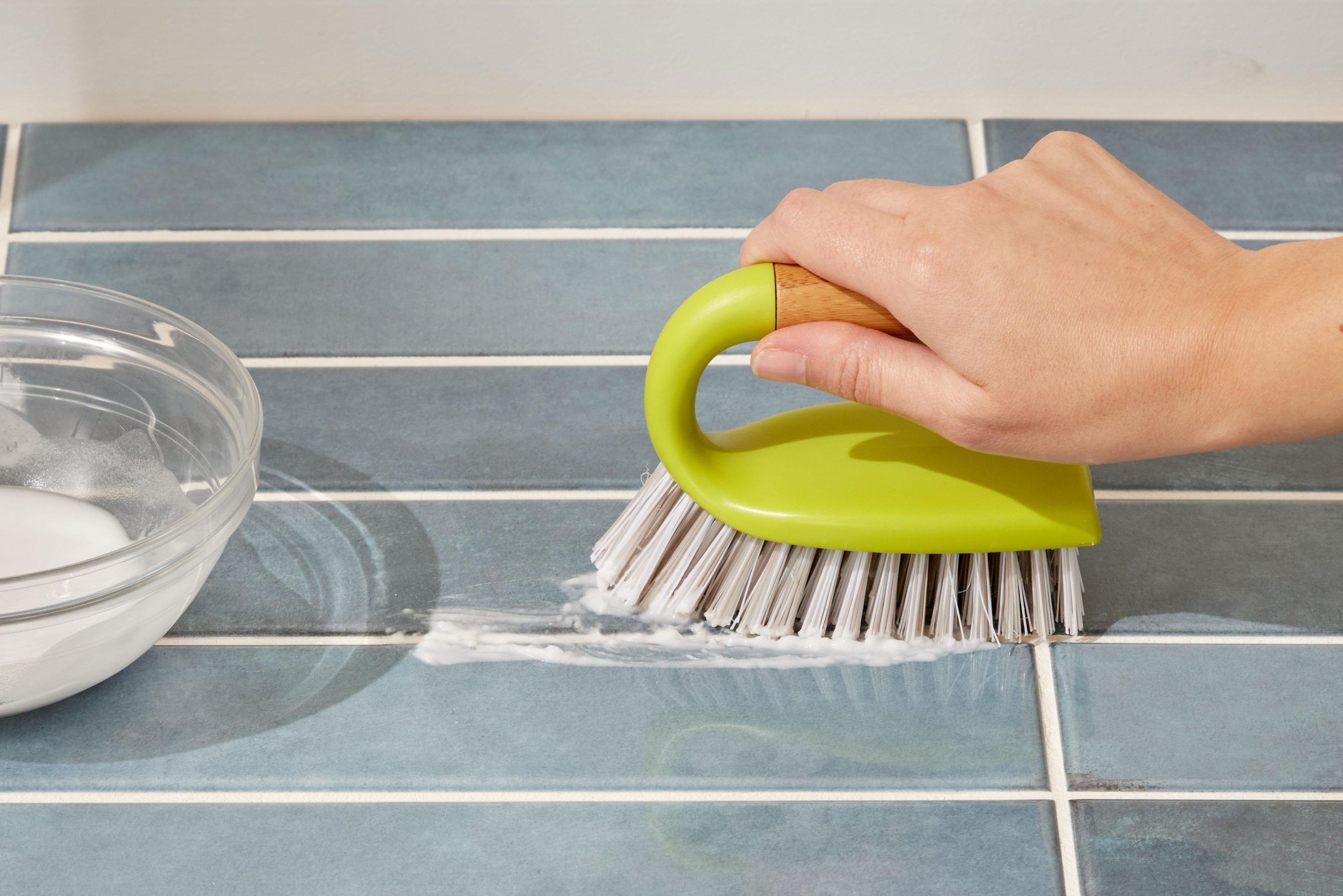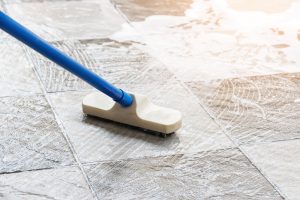Tiles are a popular flooring and wall covering choice in homes and commercial spaces because of their durability, aesthetic appeal, and ease of maintenance. However, different types of tiles require different cleaning methods to maintain their beauty and longevity. Choosing the right cleaning approach depends on the material, surface texture, and level of porosity. Understanding these factors ensures that tiles remain in pristine condition while avoiding damage from harsh cleaning agents or improper techniques.
Understanding Tile Materials and Their Cleaning Needs
Tiles come in various materials, each with its own cleaning requirements. Some tiles are highly porous, while others have a glazed or sealed surface that resists moisture and stains. The most common tile types include ceramic, porcelain, natural stone, and glass. Each requires a unique cleaning approach to prevent discoloration, scratching, or long-term deterioration.

Cleaning Ceramic Tiles
Ceramic tiles are among the most popular choices for both floors and walls because they are durable and relatively easy to clean. They are made from clay and fired at high temperatures, often with a glazed surface that helps repel stains and moisture. Regular cleaning with warm water and mild detergent is usually sufficient to maintain their appearance. It is important to avoid abrasive brushes or harsh chemicals that can wear down the protective glaze.
For deep cleaning, a mixture of vinegar and water can help remove grime, but it should be used sparingly to prevent long-term dullness. If ceramic tiles have grout lines, cleaning the grout separately with a mild baking soda paste or a specialized grout cleaner can restore their fresh look.
Cleaning Porcelain Tiles
Porcelain tiles are similar to ceramic tiles but are denser and less porous. They are highly resistant to moisture and stains, making them a popular choice for high-traffic areas such as bathrooms and kitchens. Because of their durability, porcelain tiles can handle slightly stronger cleaning solutions than ceramic tiles.
A pH-neutral tile cleaner or a mixture of mild soap and warm water is effective for regular maintenance. For tougher stains, diluted hydrogen peroxide can help lift discoloration without damaging the tile surface. While steam cleaning is generally safe for porcelain, excessive use may weaken grout lines over time.
Cleaning Natural Stone Tiles
Natural stone tiles, such as marble, granite, travertine, and slate, require special care because of their porous nature and sensitivity to acidic substances. Unlike ceramic and porcelain, natural stone can be easily etched or stained if exposed to harsh chemicals, including vinegar, lemon juice, or bleach.
Cleaning natural stone tiles requires a pH-neutral cleaner specifically formulated for stone surfaces. Using a soft cloth or a mop instead of abrasive pads helps prevent scratches. Sealing stone tiles periodically is also necessary to protect them from moisture absorption and staining. If a stone surface appears dull over time, professional polishing may be needed to restore its natural shine.
Cleaning Glass Tiles
Glass tiles are commonly used in backsplashes, shower walls, and decorative accents. They have a non-porous surface, making them resistant to stains and mold growth. However, glass tiles are prone to smudges and water spots, requiring frequent cleaning to maintain their clear, reflective appearance.
A simple glass cleaner or a mixture of water and vinegar is effective in removing fingerprints and soap scum. A microfiber cloth or a soft sponge is ideal for wiping the surface without causing streaks. To prevent scratching, abrasive scrubbers should be avoided. Since grout lines between glass tiles can accumulate dirt over time, a gentle grout cleaner can help keep the surrounding areas clean.
Choosing the Right Cleaning Tools and Techniques
 Using the right tools and techniques is just as important as selecting the appropriate cleaning solution. Mops, sponges, and soft-bristle brushes are generally safe for most tile surfaces. Harsh scrubbing pads and steel wool can scratch or dull the finish, especially on delicate materials like natural stone or glass.
Using the right tools and techniques is just as important as selecting the appropriate cleaning solution. Mops, sponges, and soft-bristle brushes are generally safe for most tile surfaces. Harsh scrubbing pads and steel wool can scratch or dull the finish, especially on delicate materials like natural stone or glass.
For routine cleaning, sweeping or vacuuming before mopping helps remove dirt and debris that could scratch the tile. Damp mopping with a mild solution is typically sufficient for daily maintenance. For deeper cleaning, steam mops can be effective, but they should be used cautiously on tiles with sensitive grout or sealants.
Drying the tile surface after cleaning is another essential step. Leaving excess moisture on tiles, especially in humid areas like bathrooms, can lead to mold and mildew growth. A dry microfiber cloth or a clean towel helps prevent streaks and water spots, keeping tiles looking polished.
Preventative Measures for Long-Term Tile Maintenance
Regular cleaning is essential, but preventative measures can reduce the need for intensive scrubbing and extend the life of tile surfaces. Placing doormats at entrances minimizes the amount of dirt and grit brought onto tiled floors. Using protective pads under furniture prevents scratches, especially on softer tile surfaces.
Sealing grout lines periodically helps protect against staining and moisture infiltration, particularly in areas exposed to frequent spills or high humidity. Choosing the right cleaning products also makes a significant difference in maintaining tile integrity over time. Harsh chemicals may provide immediate results but can cause long-term damage, while gentle, pH-balanced cleaners help preserve the finish.